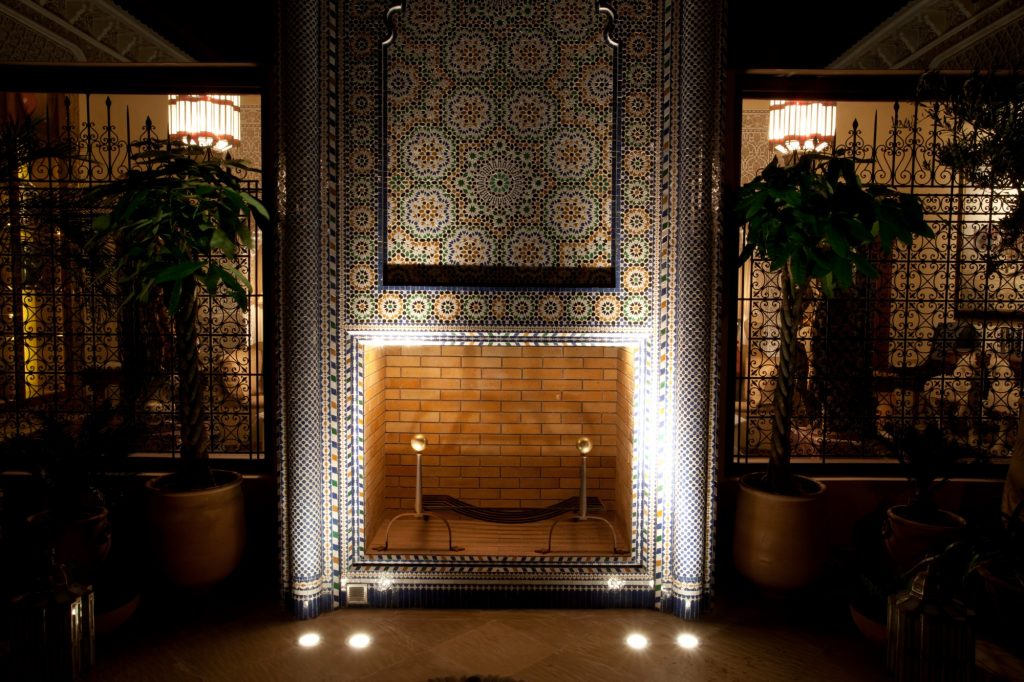Moroccan Design Trends and the History of ‘Ogee’
Interest in Moroccan interior design has continued to increase for decades, but the history of this stunning style goes back much further than you might expect. Centuries of architectural history have gone into honing the signature touches that give Moroccan interior décor its irresistible beauty.
Bold and bright colours, intricate tile work, and interior décor all inform contemporary spins on traditional Moroccan designs. Perhaps the oldest and most influential element of Moroccan design is the ‘ogee’, but what is the ogee, and how does it continue to inform contemporary Moroccan styles?

A Brief History of Ogee
In architecture, ogee most often refers to the instantly recognisable S-shaped curves that we frequently associate with Middle Eastern architecture and design. The roots of this style go back to the ancient world, and to a design that we call a ‘cyma reversa’. This is Latin: cyma means moulding, and reversa means returned. This name refers to an S-shaped moulding, that bends one way and then the other. We find these sweeping curves throughout the ancient world, from the Persian Tomb of Cyrus to ancient Greek constructions. It’s in these ancient curves that the beginnings of the ogee style are visible.
We first find distinctive ogee designs in patterned textiles from around the 12th century. Not long after, we can see the beauty of these textile patterns reflected in Middle Eastern architecture. In these buildings, two serpentine curves are brought together to form the instantly recognisable ogee arches that we now associate with the style. These ‘onion-shaped’ arches are perhaps the most famous example of ogee, and the most influential.
Soon, the beauty of ogee design elements made them popular in Europe. Firstly, in the Gothic architecture of Venice around the 14th century. You can see the influence of ogee on The Doge’s Palace, bursting with rows of ogee arches. Afterwards, the design spread further around Europe, inspiring the Gothic styles of France and Britain not long after. Finally, with the rise of neo-Gothic architecture in the 19th century, the beauty of ogee found new admirers.
Moroccan Interior Design Today
The ogee style has gone on to influence designers well beyond the world of architecture. From fashion and furniture, to jewellery and mosaics, ogee turns up in all kinds of places. Today, interior designers are beginning to take a greater interest in Moroccan interior design and its use of the ogee.
Moroccan interior design draws on a wide range of elements to create stunning spaces. The fine Moroccan crafts that go into these designs draw on a rich history. Certainly, many elements of Moroccan interiors are unmistakable: furniture low to the ground, luxurious fabrics, distinctive colours, and intricate geometric patterns. But among the beautiful furnishings, fabrics and décor that make up authentic Moroccan interiors, you’re bound to spot the distinctive ogee shape.